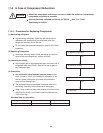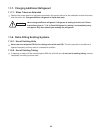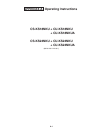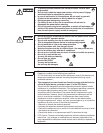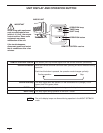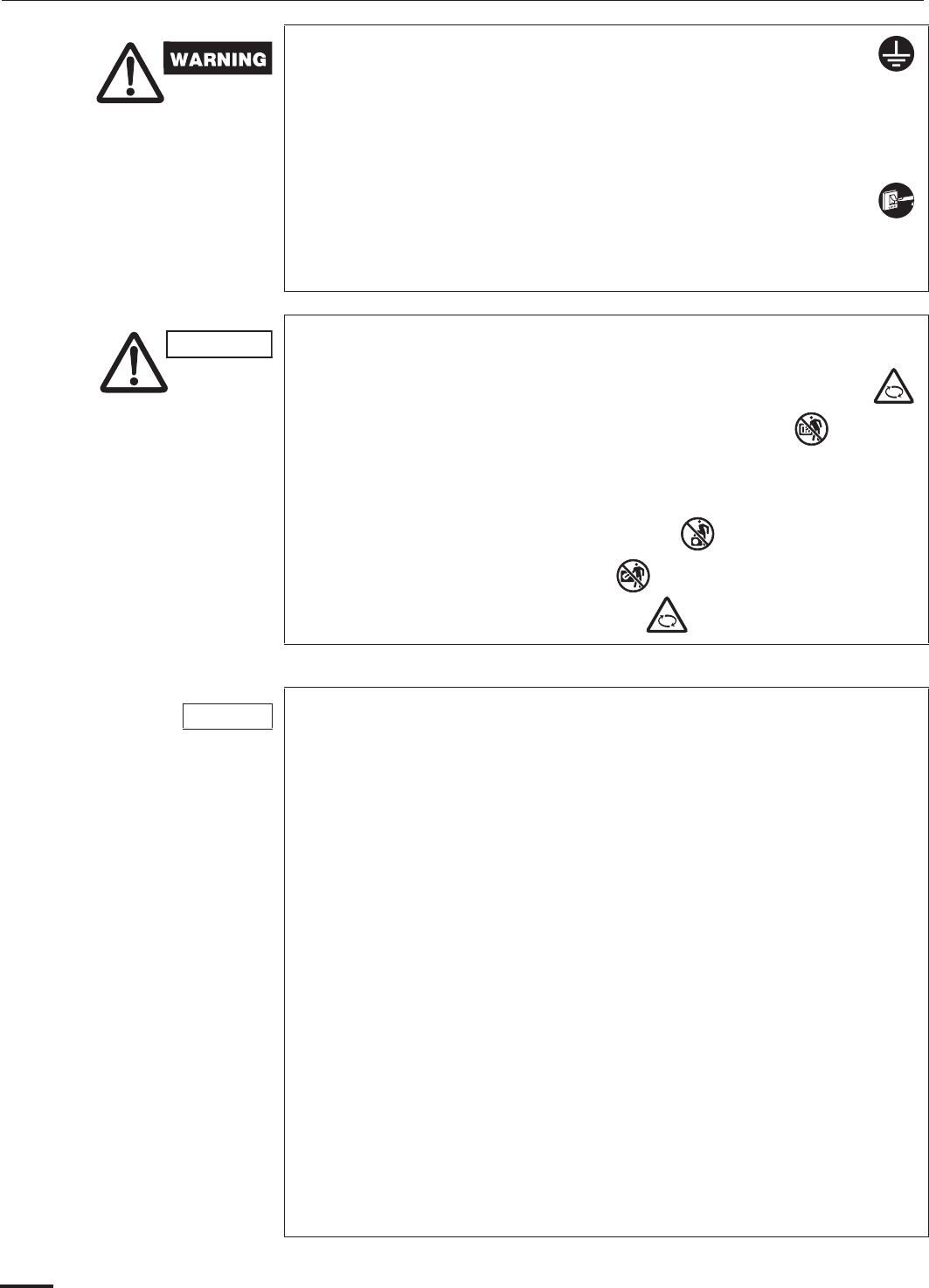
4
• To prevent possible hazards from insulation failure, the unit must
be grounded.
• Do not clean inside the indoor and outdoor units by users. Engage
authorized dealer or specialist for cleaning.
• In case of malfunction of this appliance, do not repair by yourself.
Contact to the sales dealer or service dealer for a repair.
• Refrigerant gas leakage may cause fire.
• For safety, be sure to turn the air conditioner off and also to
disconnect the power before cleaning.
• Pull off the power plug from a receptacle, or switch off the breaker, or
switch off the power disconnecting mean to isolate the air conditioner
from the main power supply in case of emergency.
• Do not turn the air conditioner on and off from the power mains switch.
Use the ON/OFF operation button.
• Do not stick anything into the air outlet of the outdoor unit.
This is dangerous because the fan is rotating at high speed.
• Do not touch the air inlet or the sharp aluminum
fins of the outdoor unit. You may get injured.
• Keep the fire alarm and the air outlet at least 1.5m away from the unit.
• Do not let children play with the air conditioner.
• Do not cool or heat the room too much if babies or invalids are present.
• Do not sit or step on the unit.
You may fall down accidentally.
• Do not stick any object
into the FAN CASE.
You may be injured and
the unit may be damaged.
• This device complies with part 15 of the FCC Rules.
Operation is subject to the following two conditions:
(1) This device may not cause harmful interference, and (2) this device must
accept any interference received, including interference that may cause
undesired operation.
• This equipment has been tested and found to comply with the limits for
a Class B digital device, pursuant to part 15 of the FCC Rules.
These limits are designed to provide reasonable protection against harmful
interference in a residential installation. This equipment generates, uses and
can radiate radio frequency energy and, if not installed and used in
accordance with the instructions, may cause harmful interference to radio
communications. However, there is no guarantee that interference will not
occur in a particular installation. If this equipment does cause harmful
interference to radio or television reception, which can be determined by
turning the equipment off and on, the user is encouraged to try to correct the
interference by one or more of the following measures:
• Reorient or relocate the receiving antenna.
• Increase the separation between the equipment and receiver.
• Connect the equipment into an outlet on a circuit different from that to which
the receiver is connected.
• Consult the dealer or an experienced radio/TV technician for help.
• FCC Caution: To assure continued compliance, follow the attached installation
instructions. Any changes or modifications not expressly approved by the
party responsible for compliance could void the user's authority to operate this
equipment.
CAUTION
NOTICE



